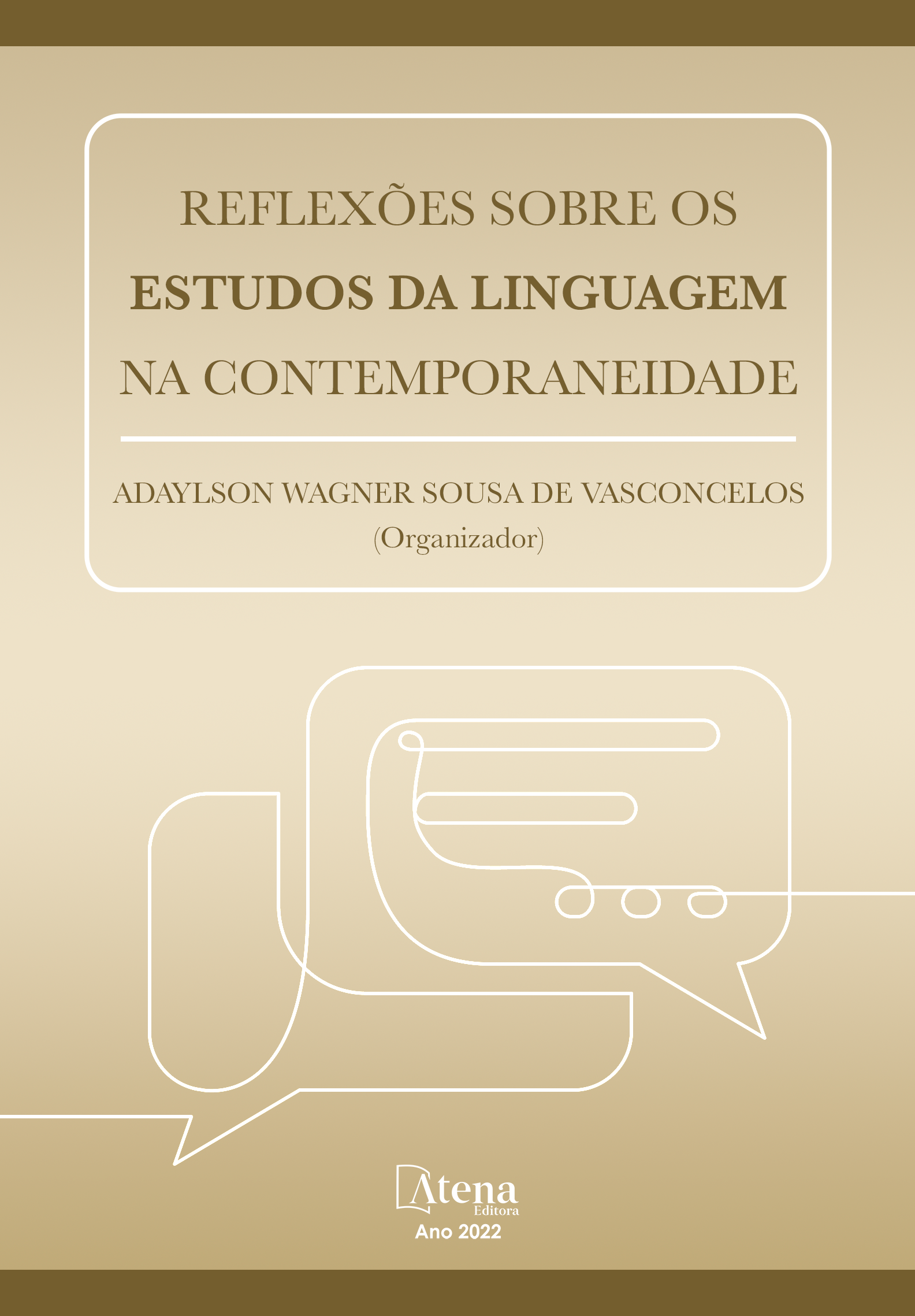
O mal-entendido em tuítes: breves reflexões
Neste trabalho, propusemo-nos a investigar o fenômeno do mal-entendido em interações na rede social digital Twitter. Para tanto, iremos verificar o mecanismo de organização das sequências discursivas em que ocorre o mal-entendido, especificar suas causas, como também descrever os processos interacionais que procuram resolvê-lo. Para a análise, selecionamos segmentos conversacionais constituídos por tuítes. Os tuítes serão analisados com base em estudos realizados nos campos da Análise da Conversação e Linguística Interacional. Em nossa análise, verificamos que os segmentos expõem o mesmo padrão estrutural que se revela nas conversações face a face, isto é, o mal-entendido se manifesta predominantemente no intervalo entre o turno de origem e o turno de reparo do problema. Quanto às causas que o desencadeiam, observamos que elas envolvem, em especial, aspectos semântico-lexicais. Constatamos, ainda, que os parceiros comunicativos tendem a adotar procedimentos de reformulação na tentativa de esclarecer os mal-entendidos e, eventualmente, alcançar a (inter)compreensão em suas práticas discursivas no contexto digital.
O mal-entendido em tuítes: breves reflexões
-
DOI: 10.22533/at.ed.7712217083
-
Palavras-chave: conversação; mal-entendido; negociação; tuítes.
-
Keywords: conversation; misunderstanding; negotiation; tweets
-
Abstract:
In this work, we set out to investigate the phenomenon of misunderstanding in interactions on the digital social network Twitter. To do so, we will verify the mechanism of organization of the discursive sequences in which the misunderstanding occurs, specify its causes, as well as describe the interactional processes that seek to resolve it. For the analysis, we selected conversational segments consisting of tweets. The tweets will be analyzed based on studies carried out in the fields of Conversation Analysis and Interactional Linguistics. In our analysis, we found that the segments exhibit the same structural pattern that is revealed in face-to-face conversations, that is, the misunderstanding manifests itself predominantly in the interval between the origin shift and the problem repair shift. As for the causes that trigger it, we observed that they involve semantic-lexical aspects. We also found that communicative partners tend to adopt reformulation procedures to clarify misunderstandings and, eventually, reach (inter)comprehension in their discursive practices in the digital context.
-
Número de páginas: 15
- Débora Cristina Longo Andrade


